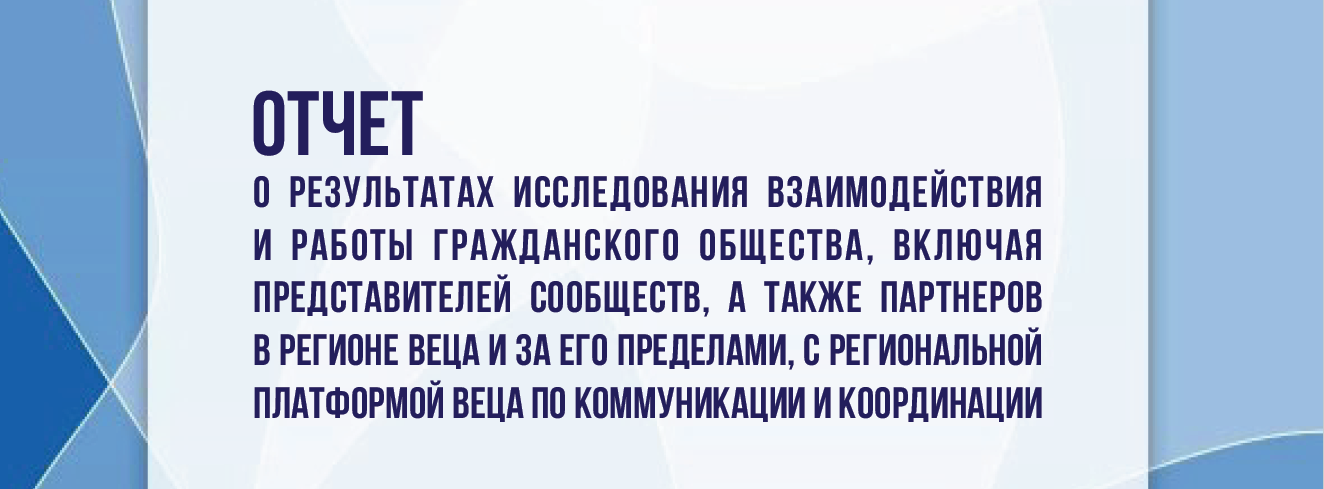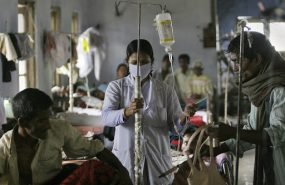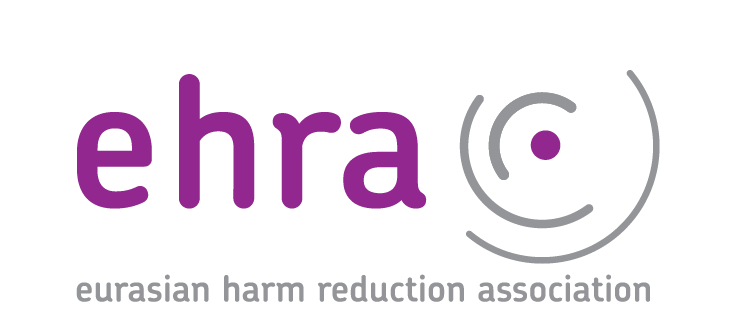Global Fund Technical brief on HIV and key populations Programming at scale with sex workers, men who have sex with men, transgender people, people who inject drugs, and people in prison and other closed settings
- 29.07.2020 14:57
- Post Views: 769
This technical brief outlines the principles and approaches summarized above. It should be read in conjunction with the Global Fund’s HIV information note,5 which provides wider context for HIV funding requests. This technical brief is based on the latest normative and implementation guidance, including the four implementation tools for HIV programming with key populations, iii which translate into practical steps both the clinical guidance and the critical enablers (addressing barriers to services) contained in the WHO Consolidated Guidelines on HIV Prevention, Diagnosis, Treatment and Care for Key Populations (2016). The implementation tools were compiled through a process of close collaboration between key-population-led organizations and networks, United Nations agencies, and other international partners.
This technical brief is also based on lessons learned from an assessment of programs for key populations across 65 countries. The assessment was commissioned by the Global Fund to examine how HIV service packages are designed, delivered, and monitored during the 2017– 2019 allocation period (it is referred to in this document as the “assessment report”).
Section 1 of this brief outlines why key populations are especially vulnerable to HIV. Section 2 presents principles and approaches that must underlie all aspects of programming. Section 3 describes the components that should be part of National Strategic Plans and national programs for key populations, covering strategic information, program design, program implementation, and monitoring. It includes the comprehensive package of interventions, and the “critical enablers” defined by WHO to address rights-related barriers to services. The annexes provide examples of approaches and programs from around the world, a list of representative networks of key populations, key reference documents, and a glossary of terms.
Related News
Global Fund Strategy Development – Open Consultation Questions
COVID-19 is radically altering global health, politics and economics, and the impact upon programs fighting HIV, TB and malaria will likely be tremendous. The new pandemic could completely derail our vast efforts of the past 20 years. At the same time, it has galvanized public awareness on global health security in a way that builds […] Read moreGlobal Fund Technical Brief Tuberculosis, Gender and Human Rights
The purpose of this technical brief is: to assist Global Fund applicants to consider how to include programs to remove human rights and gender-related barriers to tuberculosis prevention, diagnosis and treatment services within funding requests, and to help all stakeholders ensure that TB programs promote and protect human rights and gender equality. Post Views: 810 Read moreGlobal Fund Technical Brief HIV, Human Rights, and Gender Equality
The purpose of this Technical Brief is to assist Global Fund applicants in their efforts to include and expand concrete and effective programs to remove human rights-related barriers to HIV prevention, diagnosis and treatment services. Post Views: 780 Read moreServices for migrants and refugees from Ukraine – HIV/TB care with a focus on key populations
Due to the increasing flows of refugees from Ukraine because of Russia’s invasion of Ukraine, the EECA Regional Platform created a spreadsheet to fill contacts details of face-to-face and online services for refugees and migrants (with a focus on HIV/TB care and key population groups).
Regional Platform – EECA
This web-resource is a part of new regional communication and coordination project “Regional Civil Society and Community Support, Coordination and Communication Platform - EECA”, implemented by Eurasian Harm Reduction Association (EHRA).
Tags
See also
-
Webinar: Using Global Fund's Data for Advocacy 12.06.2025 12:00
-
GC7 Grant Reprioritization: Updated Timelines 10.06.2025 14:37
-
GFAN reports back: 53rd Global Fund Board meeting 26.05.2025 14:26







